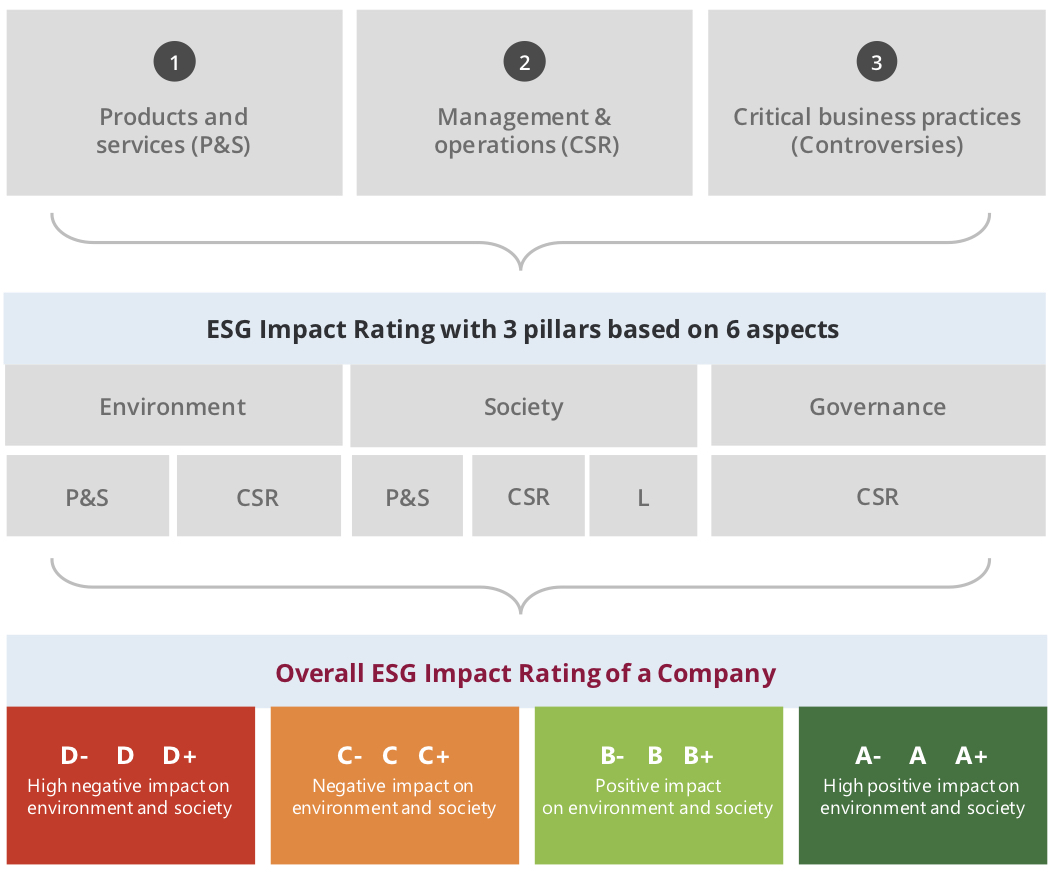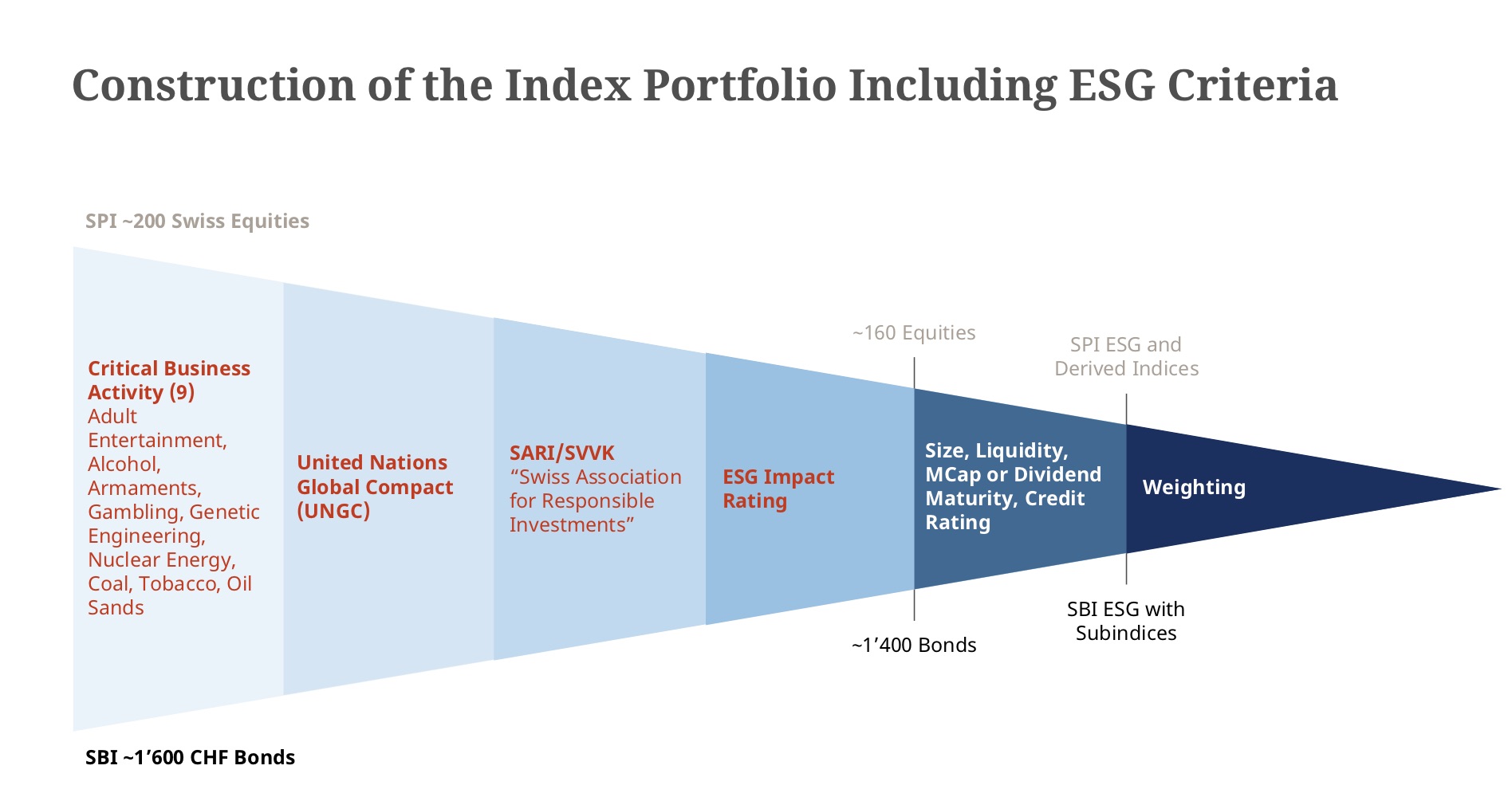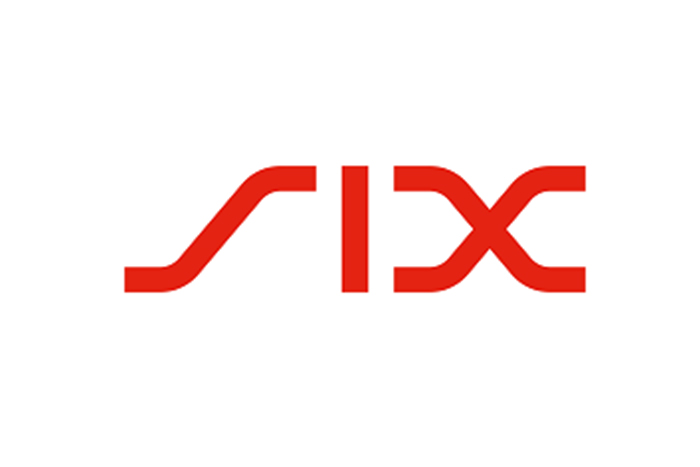Webinar Inrate & SIX for Issuers on Swiss Stock Exchange
Inrate and SIX organized a webinar on March 23rd of this year for all issuers on Swiss SIX Exchange. The purpose of this webinar was to inform these issuers about Inrate’s and SIX’s work: Inrate’s Chief ESG Analyst, Monica Goddard, presented our ESG Impact Rating methodology and Christian Bahr from SIX provided insights into how they draw on Inrate’s ESG Impact Ratings when developing indices.
After a short introduction by Inrate’s CEO, Christophe Volonté, who contextualized the event and introduced the speakers, Monica Goddard presented our methodology. In her presentation, she explained Inrate’s rating system, which differs from other ESG Rating providers in serveral ways.
Inrate’s Methodology Explained
Inrate provides ESG Impact Ratings, which are based on the concept of Double Materiality. This concept describes the relationship between a company and the environment and society. Impact Ratings consider the impact a company has on the environment and society, including market failures (costs and benefits not borne by the company itself).
Our approach is semi-quantitative and assesses this impact based on business activities (Products and Services, P&S), Management & Operations (CSR), and adverse business practices (Controversies). These assessments are done by ESG analysts using science-based criteria weighted by relevance for the respective sector. Negative impact (such as CO2 emissions or critical products like tobacco) leads to lower ratings, whereas positive ESG impact (such as innovation, education, or, solar energy instead of coal) lead to higher ESG Impact Ratings.
P&S reviews the companies’ revenues and assigns them to pre-defined business activities and sub-activities, for which their ESG impact has been evaluated. We at Inrate analyze products and services (P&S) on the entire value chain: From the sourcing of raw material to the disposal of the respective product(s). The CSR assessment inspects how effectively a company works on improving its sustainability impacts. Controversies are also included in the rating. These are screened daily and gathered bi-weekly, based on reliable media sources, such as NGO reports, think tanks, etc. The company’s redeeming actions regarding these controversies are also assessed, among other aspects.
The 3 pillars are based on 6 aspects, which are weighted depending on a company’s sector. A garment company’s Social pillar is weighted more as working conditions and living wages for garment workers are the most prevalent issues in this sector.
ESG Impact Rating Approach Based on Three Pillars

Christian Bahr from SIX explained how they use Inrate’s ESG Impact Ratings and Screening Services to create their indices.
When constructing their indices, SIX considers four aspects: Adverse Business Activities (such as adult entertainment, alcohol, etc.), UNGC, the SARI and Inrate’s own ESG Impact Ratings. For all of these aspects (in red), SIX uses data provided by Inrate. Eligible for the indices are only those companies with ratings of C+ or better. Once Inrate’s data has been applied, SIX applies additional parameters, such as MCap, size of the company, Dividend years, etc. These create a range of different indices for different use cases.
Construction of the Index Portfolio Including ESG Data

SIX chose Inrate based on their years of experience, their science background, their methodology, and their coverage, especially the full coverage of the Swiss market.
The webinar was well-received and the discussion in the end was engaging. We thank everyone for attending the seminar and speaking and the positive feedback we have received.
Want to know more about our ESG impact rating system? See Inrate’s methodology here.




